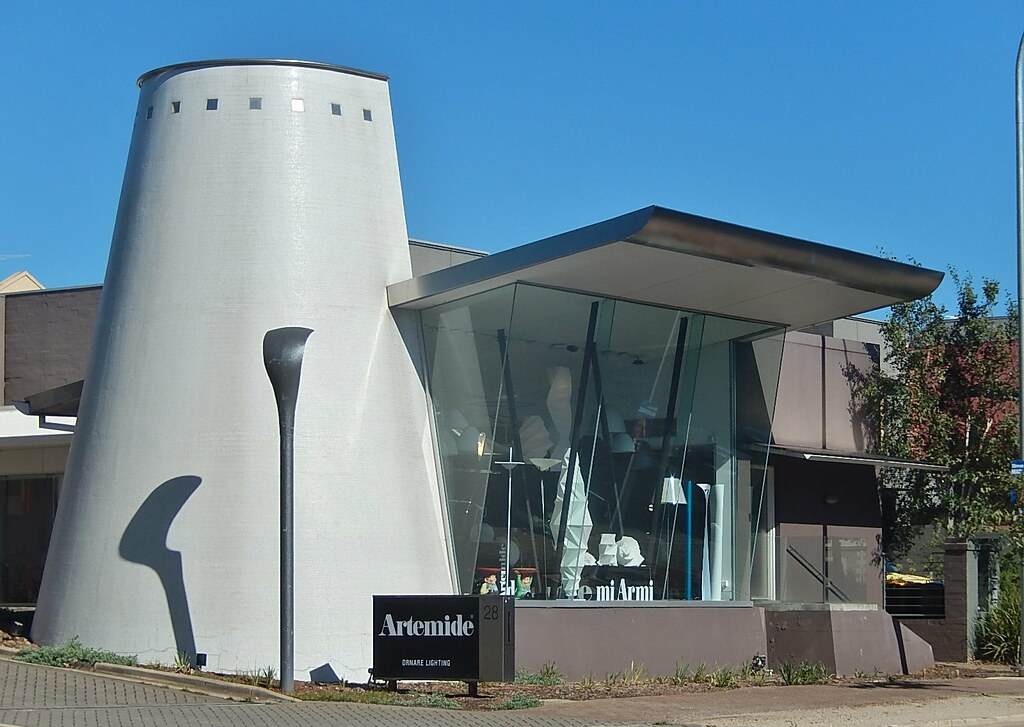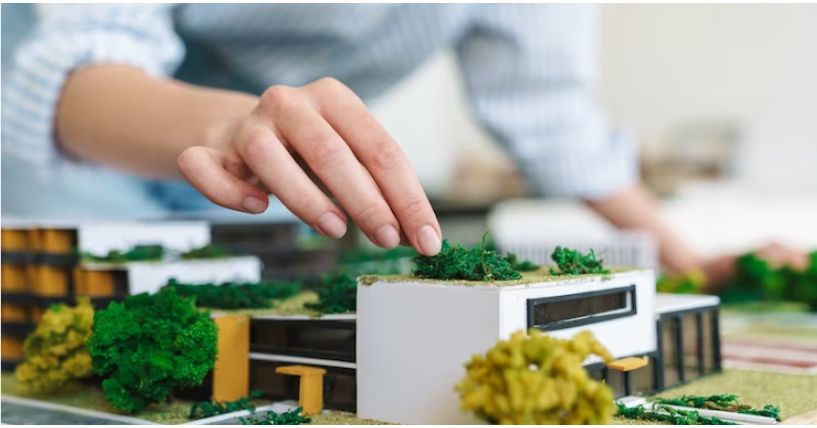Exploring Sustainable Architecture: How Green Buildings Impact the Future
In the face of growing environmental concerns and climate change, the construction industry has taken significant strides towards sustainability.
Sustainable architecture, also known as green building design, focuses on creating buildings that are environmentally responsible, resource-efficient, and energy-saving.
As the world seeks ways to reduce its carbon footprint, green buildings have emerged as a pivotal solution that not only addresses environmental challenges but also positively impacts the future of our planet.
1. Reducing Carbon Footprint
Traditional construction methods heavily rely on energy-intensive materials and practices, contributing to substantial carbon emissions. Sustainable architecture emphasizes the use of eco-friendly materials, renewable resources, and efficient construction techniques to minimize the overall carbon footprint of a building.
This approach significantly reduces greenhouse gas emissions, helping combat climate change and creating a more sustainable future.
2. Energy Efficiency
One of the core principles of green building design is energy efficiency. Sustainable buildings employ various strategies like passive design, efficient insulation, and energy-saving technologies to reduce energy consumption.
By optimizing heating, cooling, and lighting systems, green buildings drastically cut energy usage and decrease the reliance on fossil fuels, thereby promoting a cleaner and greener environment.
3. Water Conservation
Water scarcity is a critical global concern, and green buildings play a vital role in conserving this precious resource. Through rainwater harvesting,
water-efficient fixtures, and innovative irrigation systems, sustainable architecture significantly reduces water wastage. This practice not only benefits the immediate community but also contributes to the preservation of freshwater sources for generations to come.
4. Enhanced Indoor Air Quality
Green buildings prioritize the health and well-being of their occupants. By using low-toxicity materials and efficient ventilation systems, these structures offer superior indoor air quality, minimizing the risk of health issues related to poor air circulation.
Improved air quality creates a more comfortable and productive living and working environment, positively impacting the occupants’ overall quality of life.
5. Waste Reduction and Recycling
Traditional construction often generates significant waste that ends up in landfills, further polluting the environment. In contrast, green building practices focus on waste reduction, recycling, and reusing materials.
By employing eco-friendly construction methods and responsible waste management, green buildings play a crucial role in minimizing landfill waste and promoting a circular economy.
6. Biodiversity and Ecosystem Preservation
Sustainable architecture considers the impact of a building on the surrounding ecosystem. Green buildings are designed to coexist harmoniously with nature, preserving local flora and fauna and promoting biodiversity.
Such an approach helps maintain the ecological balance and fosters a healthier relationship between human habitats and the natural environment.




Add Comment